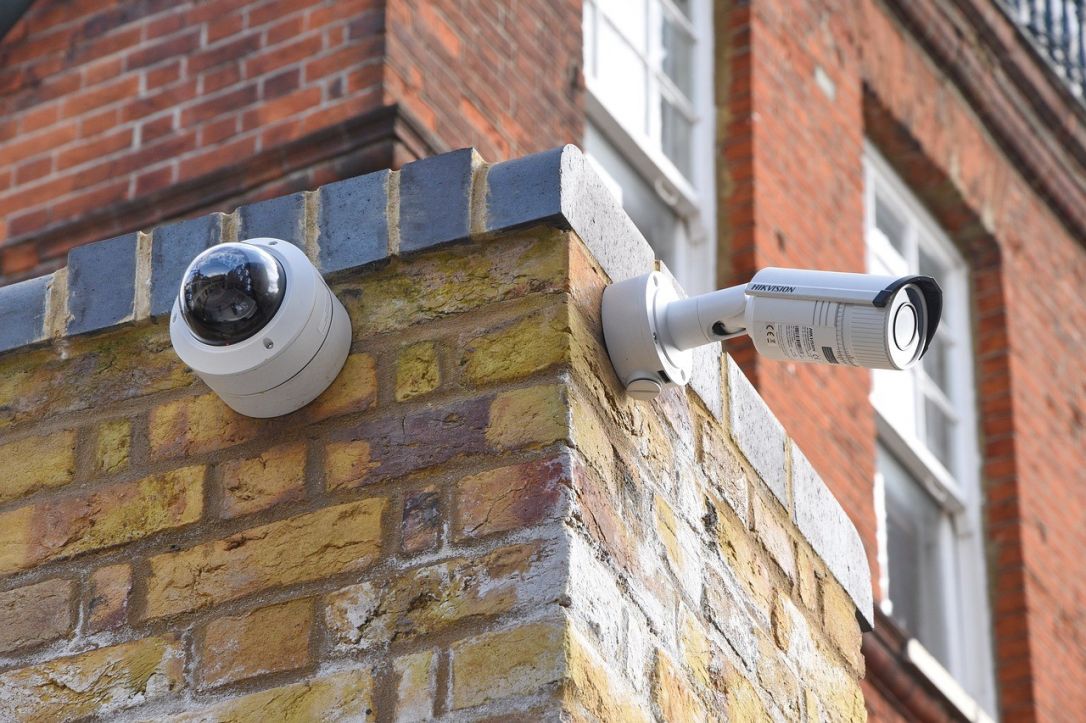
Home security camera systems had become a necessary investment for every household’s safety, now that theft cases in the U.K. are continually increasing. In fact, the Crime Survey for England and Wales (CSEW) estimated a 20% increase in the overall household theft cases in 2018.
This issue led to another dilemma for consumers, as well. One rule of thumb in demand and supply is whenever the demand is high, the competition between suppliers would be even higher.
As a result, homeowners would end up being indecisive buyers due to the emergence of similar products, not to mention that some features of these devices might not be suitable for every home. Ranging from high-end to economical type, here are the top specs you should consider when narrowing down which smart security outdoor cameras you should buy.
Resolution
You should opt for a security camera with the finest recording quality. If you’re worried that the best might be costly, then make sure that at least the camera would offer a clear viewing. If you’ve recorded something too grainy and can’t reveal the face of the intruder in your home, then your security system would be useless.
Ideally, a resolution of 1280 x 720 pixels is enough. A full HD resolution or a resolution of 1920 x 1080 pixels is the best, but it is quite expensive. Further, resolution matters more than the night vision feature. Resolution is responsible for the quality of the crispiness of the recorded images and videos. Hence, night vision goes futile without a higher resolution.
Night Vision
In addition to resolution, there are three main features to consider in regards to night vision, namely infrared-cut filter, powerful illumination, and infrared illuminators. Let’s briefly discuss these three in the following:
-
Night vision with an infrared-cut filter or IR-cut filter allows images recorded at night to be of the same quality as those taken during the daytime.
-
Night vision with a “powerful” illumination beam, which is also known as IR LEDs beams, can provide illumination for targets in your neighbourhood as far away as 5000 metres.
-
Night vision with infrared illuminators can take images bright and clear despite the darkness and without disturbing the environment.
Most residential break-ins occur at night. That’s why the utilization of night vision cameras are highly recommended. Make sure to choose cameras that automatically switch to night vision not only at night but during any low lighting conditions. What’s more, opt for outdoor security cameras that can record any images in its vantage point.
Field of View
Every ideal field of view is hinged on how expansive space you want to cover. Every house has different needs. More often than not, a higher viewing angle gives the best coverage, preferably one that has 120 degrees angle. It’s very rare to see outdoor security cameras installed close to the ground.
The angle of rotation is another component to consider. Today’s modern security cameras can Pan (rotate horizontally) and tilt (rotate vertically). These features are recommended if you would like to cover a sizeable three-dimensional space. To date, both indoor and outdoor cameras can Pan up to 355 degrees and tilt up to 90 degrees are the best ones.
Motion Detection
Motion sensors are the most conventional and inexpensive security. We typically place them on windows or doors, and they would immediately alarm if somebody intruded into your house.
But, gone are those days. Many modern security cameras have built-in motion detection sensors nowadays. Instead of movements, these devices detect signals from infrared energy emitted by any heat source, like body temperature. You don’t need to worry if you have pets or live close to the road too. These sensors require minimum weight before it would be triggered.
Weather-proof
We’re talking about “outdoor” security cameras here. Of course, we have to consider environmental factors, which would involve weather. Almost every outdoor security cameras are protected from both moisture and dust, as well as can resist any harsh climates. Check out Security Baron’s top picks of weather-resistant cameras for example.
Not all cameras can resist much water, though. Concerning this, there’s a need to review the cameras’ IP ratings. You can check this link for more information about this. Many are labelled as ‘water-resistant’, but they have IPX1 or level 1 water resistance rating at most. IPX1 only protects your cameras from liquids that drop vertically within ten minutes.
Look for cameras with at least an IPX6 rating, instead. This level is enough to protect your cameras against all kinds of liquids. Even so, the latest standard of weather-proof cameras is around IP66 toIP67.
Takeaway
Even security systems are not entirely secured. With appropriate skills, anyone can hack your system and compromise your home security cameras. Hence, there’s a need to choose manufacturers that offer the latest security protocols and cameras that could encrypt internet transmission.
Author's Bio:
Tyler Pack is a real estate consultant and journalist, with a passion for smart home technology. He is keen on writing about home and property security, and cybersecurity.




